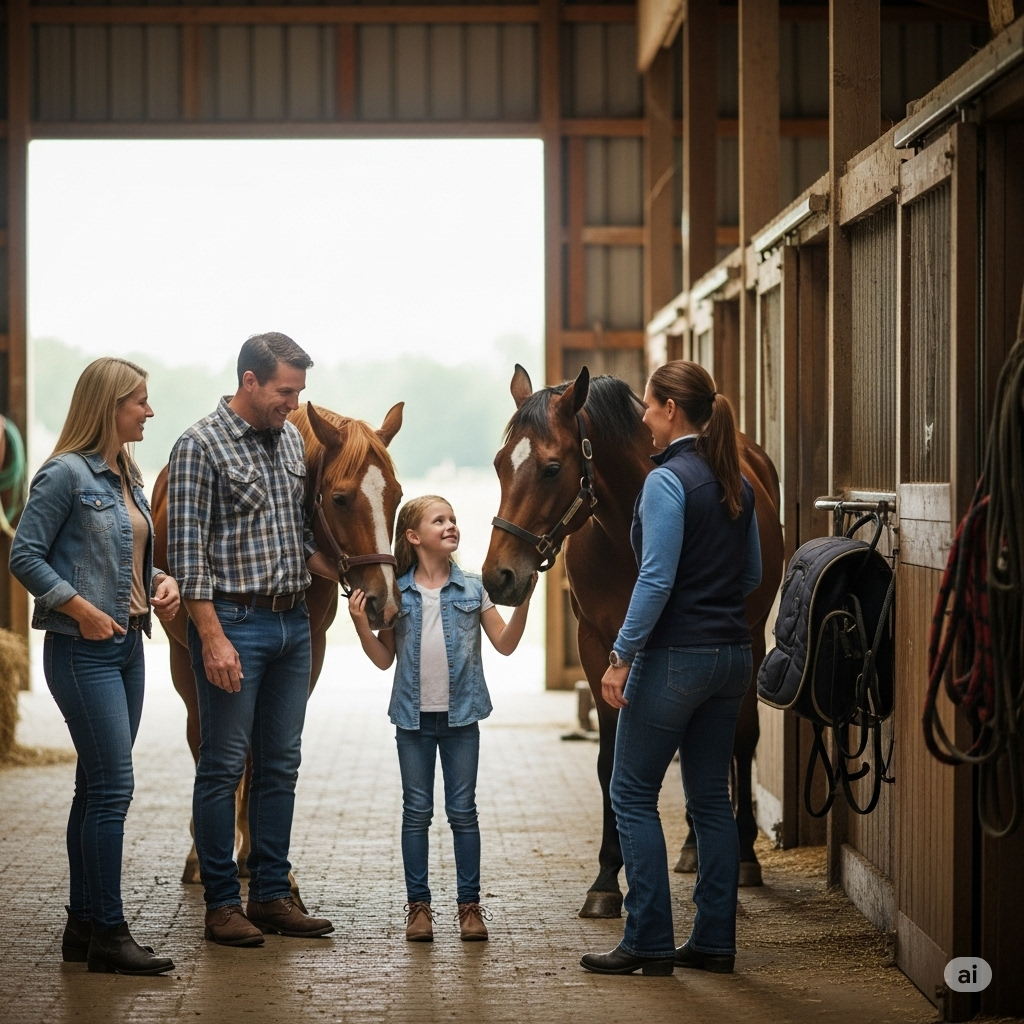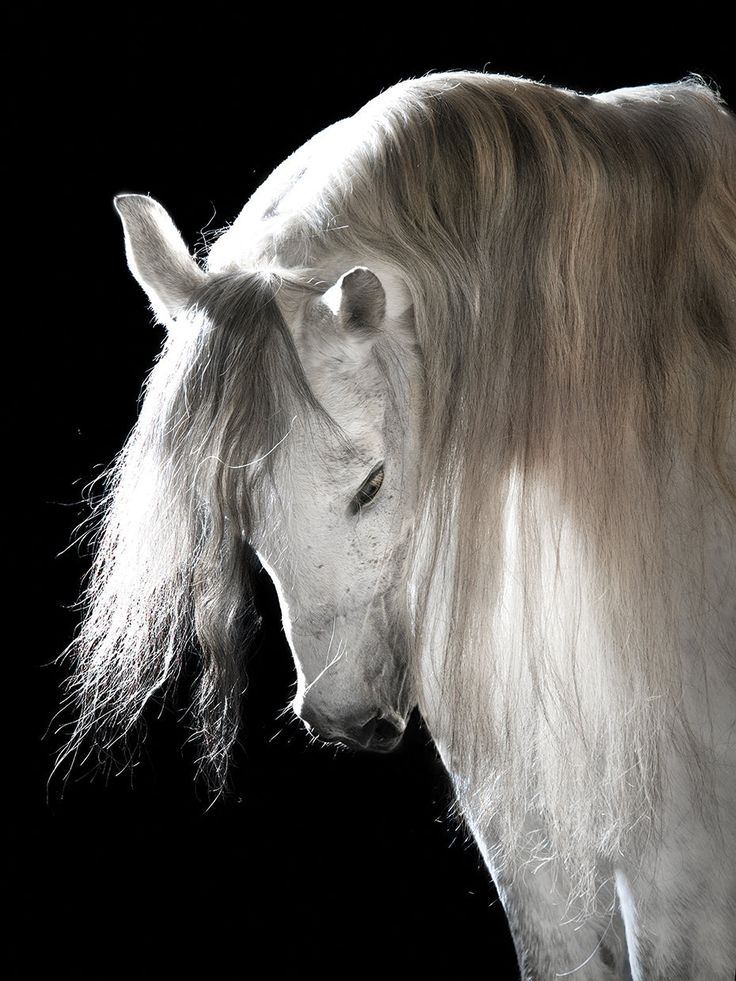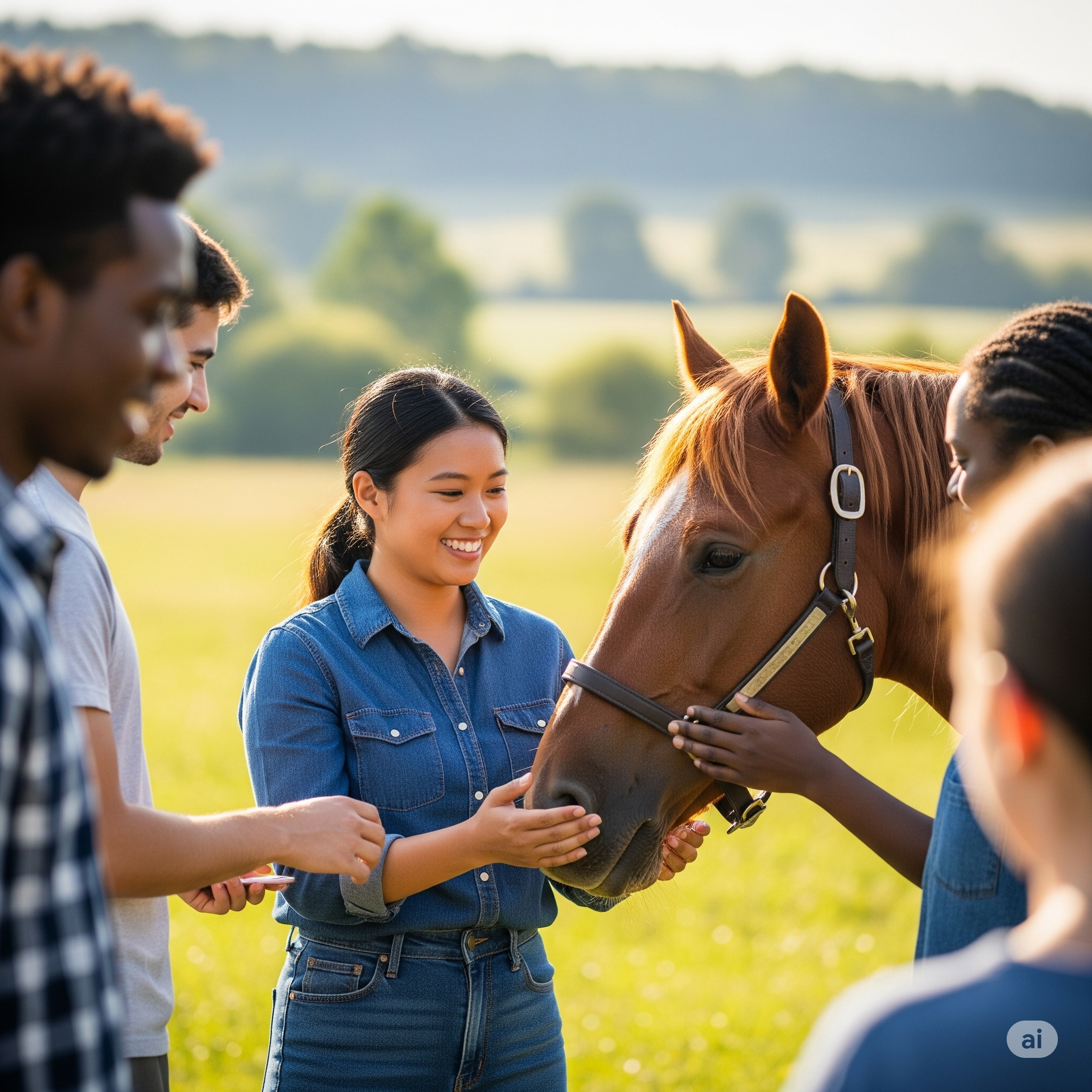Through Their Eyes: Understanding How Horses See the World
Ever wonder how your horse sees you — or the world around them? Their vision isn’t just different from ours; it’s an incredible adaptation shaped by centuries of survival in open spaces. Knowing how horses really see helps us handle them with more care, compassion, and confidence.
A Wide World of Sight
With their eyes set on the sides of their head, horses have one of the widest fields of vision of any land animal — nearly 350 degrees! That means they can spot movement almost all around them without turning their head. It's mostly monocular vision (each eye working independently), with a smaller slice of binocular vision (both eyes working together) right in front for seeing depth.
of any land animal — nearly 350 degrees! That means they can spot movement almost all around them without turning their head. It's mostly monocular vision (each eye working independently), with a smaller slice of binocular vision (both eyes working together) right in front for seeing depth.
But even with this impressive view, they do have two blind spots:
- Directly behind them (over the tail)
- Right in front of their nose
It’s why sneaking up behind a horse or offering a treat too close can surprise or confuse them. Always let them know you're there.
Seeing, But Not Like We Do
Horses don’t see the same level of sharp detail we do. They’re built to notice movement, not fine print. That swaying bush at the edge of the arena? They’ll see that way before we will — it’s hardwired survival smarts.
 Color-wise, horses are a bit color-blind by human standards. They likely see blues and greens well, but reds may look like washed-out yellows or grays. Think of it like viewing the world through a muted filter.
Color-wise, horses are a bit color-blind by human standards. They likely see blues and greens well, but reds may look like washed-out yellows or grays. Think of it like viewing the world through a muted filter.
Masters of the Dark
Thanks to special adaptations like more rod cells and a reflective layer in their eyes (called the tapetum lucidum), horses are excellent low-light navigators. They see better than we do at dusk or dawn, but their eyes don’t adjust quickly when moving from dark to bright light — so be patient when leading from a dim barn into full sun.
What This Means in the Barn or Saddle
- Horses process the world mostly with one eye at a time, so when something shifts from one side to the other, they might react as if it's brand new.
- Sudden changes in scenery or objects out of place can be unsettling — not because they’re misbehaving, but because their brain is re-evaluating what they’re seeing.
- They often raise or lower their heads to better judge distance, especially with jumps or uneven footing. Restricting that movement can throw off their depth perception.
So if your horse hesitates at a puddle, shies at a jacket on the rail, or flinches when you appear behind them — they’re not being difficult. They’re just seeing things… their way.

In a Nutshell:
-
Horses see almost all around — with a couple key blind spots.
-
They rely more on movement and outlines than details.
-
Their night vision is top-notch; bright lights, not so much.
-
Let them look, think, and process — it builds trust.
Understanding how horses see can shape everything — from how we train, to how we approach them on the ground. It’s not just about safety; it’s about building a deeper, more mindful connection.




